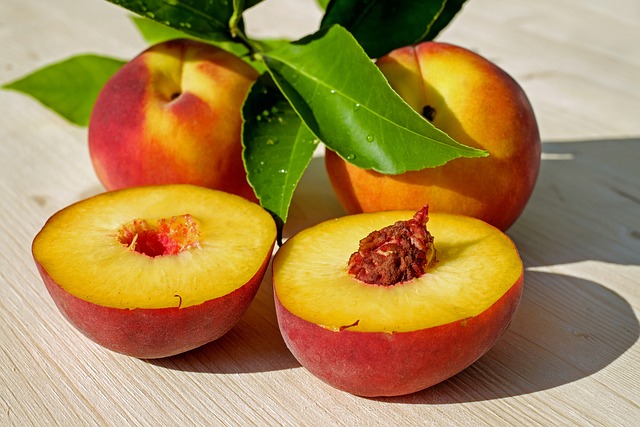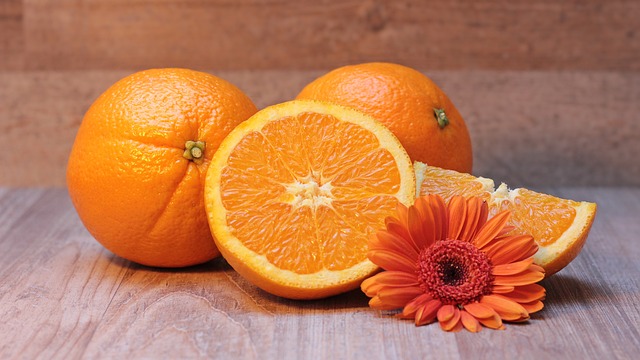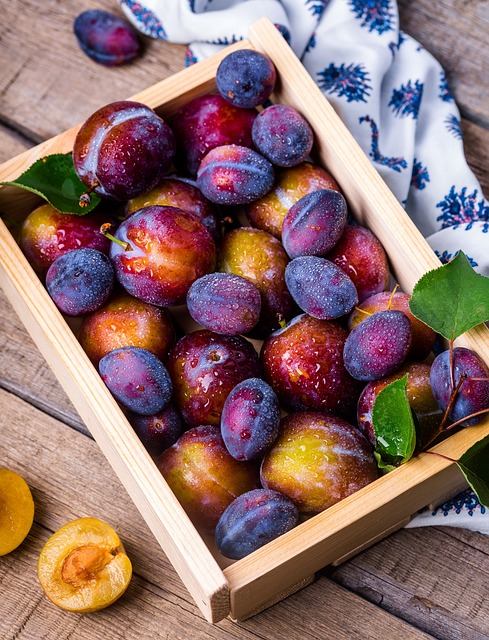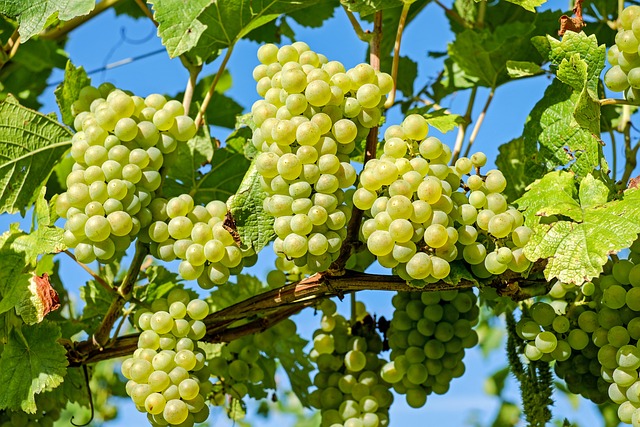Beyond Yogurt: Exploring Unique Sources of Probiotics for Optimal Health
Probiotics have gained significant attention in recent years for their potential health benefits. These live bacteria and yeasts can promote a healthy gut, boost the immune system, and aid in digestion. While yogurt has long been the go-to source for probiotics, there are plenty of other unique sources to explore for optimal health. In this article, we’ll delve into some unconventional sources of probiotics that you may not have considered before.
Kombucha – The Fermented Tea
Kombucha has been consumed for centuries for its potential health benefits. Made by fermenting tea with a symbiotic culture of bacteria and yeast (SCOBY), this fizzy and tangy drink supports gut health and may improve digestion. Kombucha contains various strains of probiotic bacteria, including Lactobacillus and Bifidobacterium, which can help restore the natural balance of your gut flora. Apart from its probiotic content, kombucha also contains antioxidants, organic acids, and vitamins, making it a nutritious beverage option.
Sauerkraut – Fermented Cabbage Delight
Sauerkraut is a traditional fermented food that is a staple in many cultures. Made by fermenting cabbage with salt, sauerkraut is rich in beneficial probiotics. The fermentation process promotes the growth of Lactobacillus bacteria, which are known to support a healthy gut. These bacteria convert the sugars in cabbage into lactic acid, giving sauerkraut its distinct tangy flavor. Incorporating sauerkraut into your diet not only diversifies your probiotic intake but also provides you with essential vitamins, minerals, and dietary fiber.
Kimchi – Korean Probiotic Powerhouse
Kimchi is a traditional Korean side dish made from fermented vegetables, most commonly cabbage and radishes. Just like sauerkraut, kimchi offers a host of health benefits due to its probiotic content. The fermentation process enhances the production of beneficial bacteria, including various strains of Lactobacillus. Kimchi is also a great source of vitamins A, B, and C, as well as minerals like iron and calcium. Its spicy and tangy flavor makes it a popular choice not only as a side dish but also as a flavorful ingredient in various recipes.
Miso – A Probiotic Staple in Japanese Cuisine
Miso is a traditional Japanese condiment made from fermented soybeans, rice, or barley. It is commonly used as a base for soups, sauces, and marinades. Miso fermentation involves the use of a mold called koji, which breaks down the complex carbohydrates, proteins, and fats into more easily digestible components. This process creates a range of probiotic bacteria such as Lactobacillus acidophilus and Bifidobacterium bifidum. Miso is not only a source of probiotics but also provides essential amino acids, antioxidants, and minerals, making it a valuable addition to a balanced diet.
Pickles – Crispy Probiotic Bites
Pickles are cucumbers that have been pickled in a solution of saltwater or vinegar. While the pickling process may reduce the probiotic content compared to raw fermented vegetables, pickles can still contribute to your healthy gut flora. Look for naturally fermented pickles rather than those made using vinegar, as the fermentation process promotes the growth of beneficial bacteria. Pickles are a tasty and crunchy way to add probiotics to your diet and can be enjoyed on their own or as part of a sandwich or salad.
Tempeh – The Nutrient-Rich Fermented Soy
Tempeh is a traditional Indonesian food made from fermented soybeans. This plant-based protein source is not only rich in probiotics but also packed with nutrients such as fiber, vitamins, minerals, and amino acids. During fermentation, the natural culturing process binds the soybeans into a firm cake-like form. The probiotics in tempeh, such as Bacillus subtilis, can help improve digestion and enhance nutrient absorption. Tempeh has a unique nutty flavor and can be used in various dishes as a substitute for meat or tofu.
Conclusion
While yogurt remains a popular choice for







